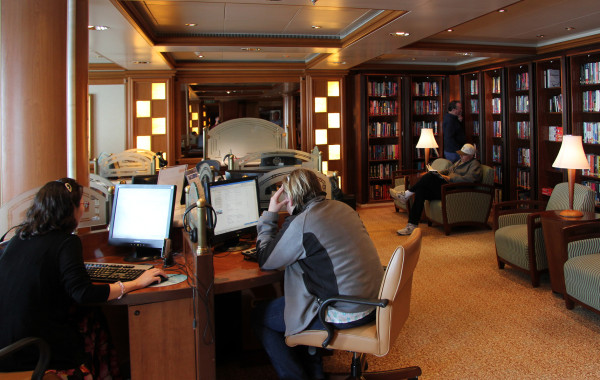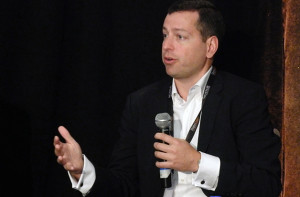It’s time for California insurance agents to revisit their commercial clients’ liability portfolio.
According to a report released this week from Hiscox, businesses in the Golden State are 40% more likely than their peers to be sued by an employee. In fact, just four states – New Mexico, Nevada, Alabama and Washington, DC – outstrip California when it comes to employee lawsuits.
The reasons why are complicated, but report authors suggest that state laws going beyond federal guidelines are the most likely cause of discrepancies in the rate of employee lawsuits between states. When it comes to California, that means strict regulation around anti-discrimination and fair employment practices that subject businesses to higher scrutiny from workers.
Discrimination, as defined by these laws, comes in many forms including age (over age 40), disability, national origin, race, color, religion, sex (including pregnancy) and genetic information (diseases or disorders in family medical history).
More clear is the effect such lawsuits have on businesses. According to Hiscox, the average legal dispute regarding an employment matter lasts 275 days and in 19% of cases, defendants are subject to a defense and settlement payment. When that happens, businesses can expect to bill their insurers an average $125,000 in claims while taking $35,000 in deductibles on themselves.
The report comes just months after a similar survey from Littler Mendelson, in which 57% of human resource and C-suit professionals said they expect workplace discrimination claims to become one of the top business risks in the next years.
The statistics are a serious argument in favor of ample employment practices liability insurance (EPLI) for California businesses. Without proper coverage, clients could end up on the hook for an extra $90,000, going by national averages. Inadequate limits could also cause a sting, though arguably less of one.
For more: http://bit.ly/1OshHAO














